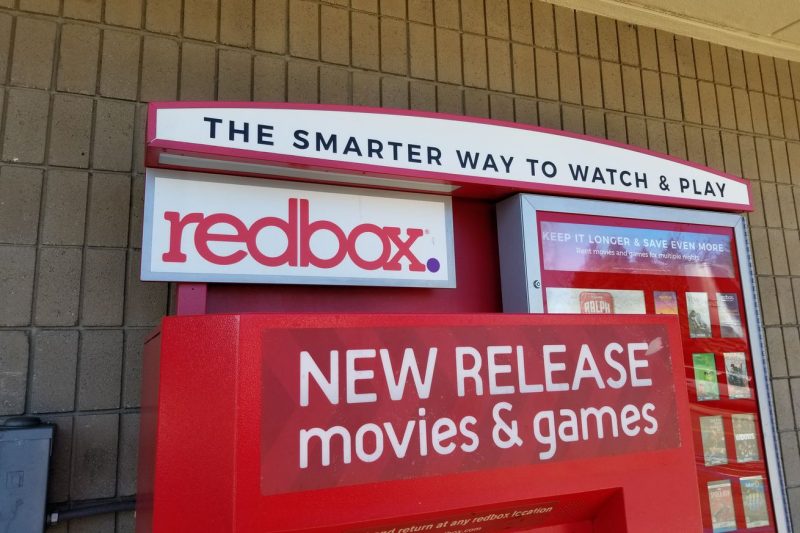Redbox, the popular DVD rental kiosk company, recently found itself in a tight spot after it missed a multimillion-dollar payment that it simply couldn’t afford to miss. The chain of events leading up to this financial predicament sheds light on the challenges and risks faced by businesses in the ever-evolving entertainment industry. Redbox’s failure to meet this critical payment underscores the importance of financial planning, adaptability, and strategic decision-making in a fast-paced market landscape.
The missed payment in question was related to Redbox’s agreement with Disney, a prominent player in the film industry. The agreement granted Redbox access to Disney’s movie titles for rental at its kiosks. The failure to make this payment led to a legal dispute between the two companies, ultimately resulting in Redbox losing the right to distribute Disney films through its kiosks. This loss dealt a significant blow to Redbox’s revenue stream and market competitiveness, highlighting the repercussions of financial mismanagement and contractual breaches in business relationships.
One of the key factors that contributed to Redbox’s missed payment was its financial instability and inability to generate sufficient revenue to cover its liabilities. The rise of streaming services and digital downloads has significantly impacted the demand for physical media, such as DVDs and Blu-rays, leading to a decline in Redbox’s sales and rental transactions. In the face of this shifting consumer behavior and market trend, Redbox failed to adapt its business model and diversify its revenue sources, resulting in a reliance on outdated practices that no longer resonated with customers.
Furthermore, the competitive landscape of the entertainment industry posed a formidable challenge for Redbox, as it struggled to compete with digital streaming giants like Netflix, Hulu, and Amazon Prime Video. These established players offered a wide range of content options, convenience, and personalized viewing experiences that appealed to modern consumers, relegating traditional rental services like Redbox to the periphery. Redbox’s failure to innovate and differentiate itself in the market limited its growth potential and customer reach, ultimately leading to financial difficulties and missed payments.
In light of these challenges, Redbox’s experience serves as a cautionary tale for businesses operating in dynamic industries characterized by rapid technological advancements and changing consumer preferences. Strategic foresight, financial prudence, and agility are essential for companies to navigate uncertainties, seize opportunities, and sustain competitive advantage in the long run. By learning from Redbox’s missteps and shortcomings, businesses can proactively address operational inefficiencies, anticipate market trends, and cultivate a culture of innovation and adaptability to thrive in an ever-evolving business environment.
